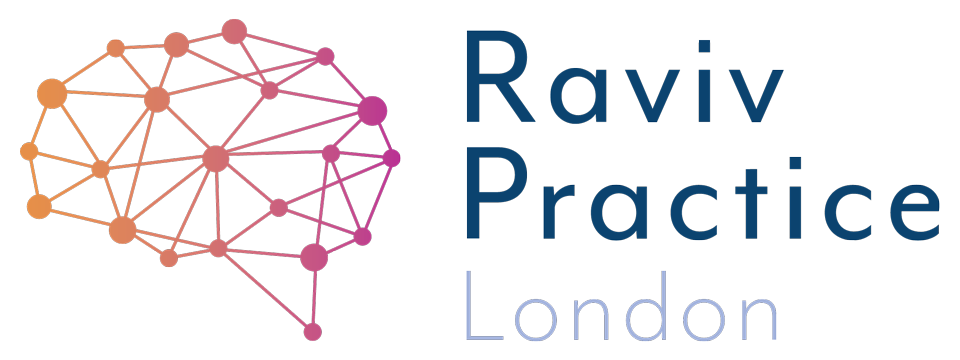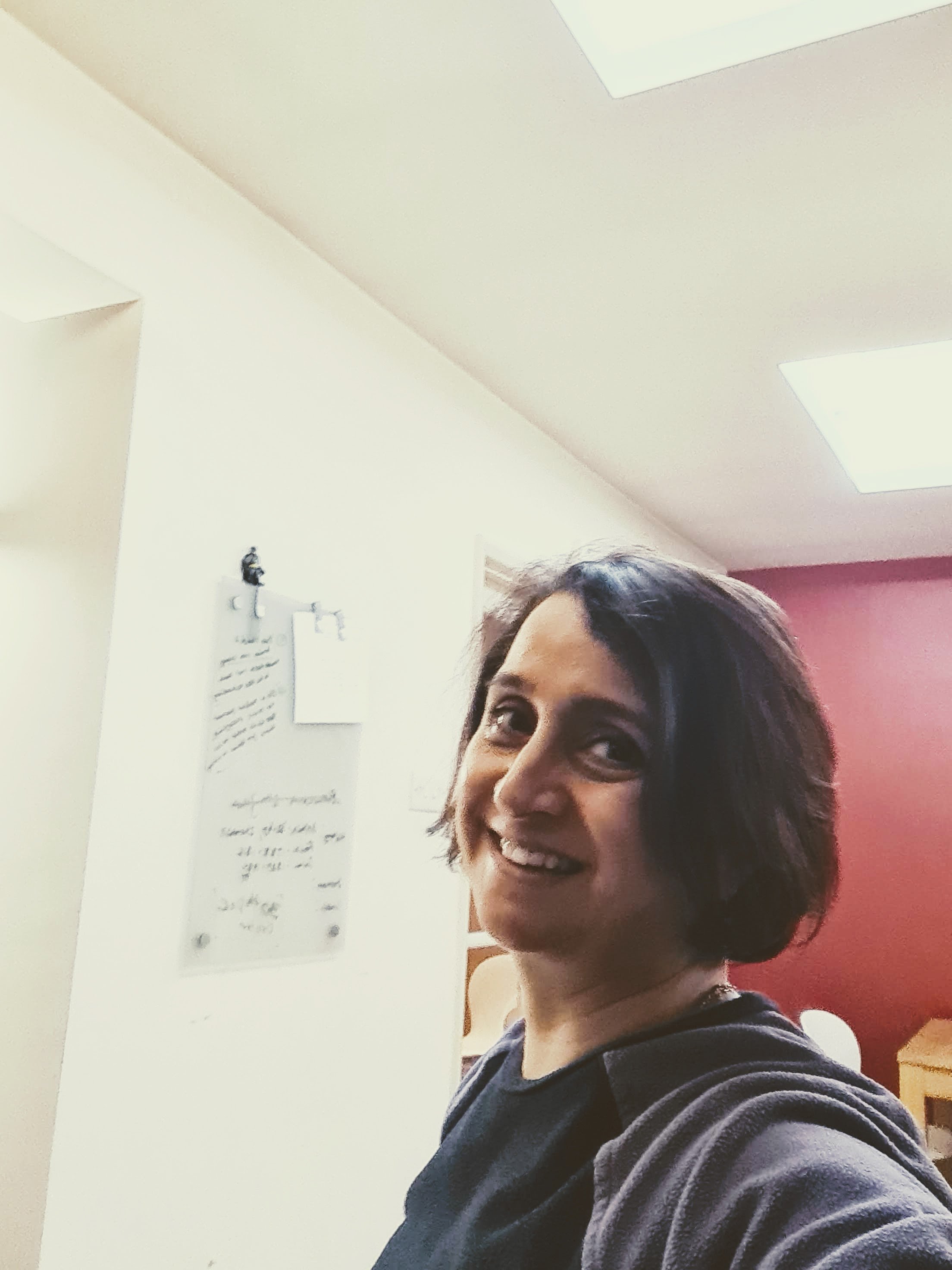Reversing numbers and letters is now a thing of the past.
Do you write with your left or right hand? This is a preference your brain and body has decided is the strongest for this particular task. It is your “dominant hand.” You also have a dominant foot, for kicking a football, a dominant ear you use when listening on phone and dominant eye. We do use both sides of our body but sometimes when choices have to be made your body knows best.
Knowing whether your child’s dominant eye is right or left can answer a lot of questions regarding the way they read or write. Why, you ask? Because a child who is left eye dominant scans/writes text from right to left under stress. This often shows up as letter and number reversal when learning to write.
Nicholas age 9 is such a child, he is left eye dominant and used to scan from right to left. When he first came to see me, though right handed, he would write most of his numbers and many letters in reverse. He could not count successfully or remember his place when counting out loud, nor did he understand how to read numbers when written.
The educational psychologist had informed us his working memory was poor, in the 8th percentile (92% of children his age had stronger working memories). However, there was no way we could successfully address this until his sensory world (visual/auditory system) was taking in information accurately.
When Nicholas was 6 years old we started with this sensory aspect, in silence. The non-verbal element forced him to prioritise and focus on visual information. So, began the journey of tracking, visual prioritisation and the sequencing process which went along with it. Sequencing, logic and the understanding of numbers each progress from one another. My approach is you can improve working memory through a systematic method of counting forwards and counting backwards. The cognitive load when counting backwards is an incremental step on improving working memory. Thinking about it, how can you develop working memory, one of the higher level tasks your brain does, when your sensory world is not clear of what it sees or hears? This was our starting point.
Nicholas has symptoms of ADHD (attention deficit hyperactivity disorder) and ASD (autism spectrum disorder). Due to this it was difficult to calm him down enough to be able to teach him, so we started slowly. Initially he would always cry for his mum and cling on to her when she attempted to leave the room. He could not catch nor throw. The visual-motor integration between his hands and eyes were such that there was no muscle control in either one, let alone both working together.
At first all our work was done sitting down, with Nicholas on the balance board and myself on the floor, in a face-to-face setting. Sitting on the board allowed him to rock from side-to-side which was soothing and also helped keep him in one place. There was a lot preliminary work to get to a level of cooperation . Once we had controlled both his behaviour in the session and allowed him to experience rhythmic flow we moved onto the first of the Bal-A-Vis-X exercises, “one-bag-square,” then to the second “two-bag square.” Overlaid with the rhythmic pace of the transfer between ourselves and each other we worked on days of the week, months of the year as well ascounting forwardsand backwards. The rhythm locked him in and kept his distractions at bay, forcing him to stay focused. We did these simple exercises of rhythm and movement once a week for 5 months, progressing to standing on the balance board. This was the calming stage. Next came visual perception exercises to enable Nicholas to understand letter direction. (Visual perception can be described as how the brain interprets what the eyes see).
Visual perception is not solely to do with how the brain sees letters, but how it sees things in relation to one another. I gave Nicholas simple drawings on graph paper to copy. The paper allowed him to see the direction, proportion and length of a line in one square; he transferred what he saw onto his own graph paper. He was delighted when a picture emerged. The drawing was combined with more formal right and left body anchoring and anchoring of symbols, both letters and numbers. His number sense greatly improved as did his reading comprehension and handwriting.
Fast-forward three years. The videoclip of Nicholas drawing a picture starting with the word “BOY” is a combination of all the skills gained; letter direction, visual prioritisation, sequencing and visual perception as well as figure ground discrimination.
Nicholas also displays sustained concentration, an ability to keep calm when making a mistake and finishing the task to the end whilst having fun! From the onset we have continually combined all tasks with rhythmic ball/bag exercises. It is a noticeable achievement having gone from effectively not being able to throw or catch, to being able to bounce two balls with one hand.
By working with the primary senses of vision, hearing and movement, body awareness can be achieved thus lifting the brain-fog, this is the key, there is no cure for ADHD but we can re-set the system one day at a time.
This article is by kind permission by Nicholas’s parents, James and Ilona.
Dyslexia? Dyspraxia? ADHD? ASD? Speech & Language? Developmental Delay? Anxiety?
Is every school day a struggle? As a parent, you may feel exhausted and on this journey alone. Each year you see the gap getting wider. You need to do something - change the approach, help your child learn for themselves, find a way to turn this around - to help while you can - do this NOW. the first step is free.
About the Author
Whatever it is, the way you tell your story online can make Usha Patel is a Neurocognitive Therapist and Director at Raviv Practice London. Parents searching to help their suspected/neurodiverse child can get evidence-based solutions with results in as little as 8 weeks. Those in search of jargon-free help can get started straight away.all the difference.



